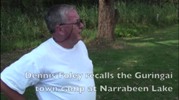Many Aboriginal and Torres Strait Islander families move into the Northern Beaches. Among them are Eddie Goodall, Clair Jackson and Nancy Hill Wood.
A further wave of revocation relating to the Government policy of assimilation and the removal of Aboriginal people from traditional reserves to new reserves set aside in other places or outside towns. Probably all of the Narrabeen community are trucked to western Sydney. After this time, no official or unofficial reserves remain in Guringai country.
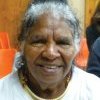


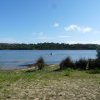
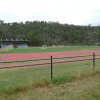
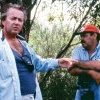
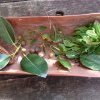
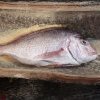
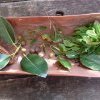
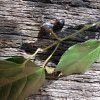
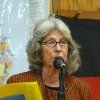
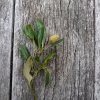
.thumbnail.jpg)
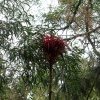
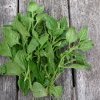
 to drink.thumbnail.jpg)
